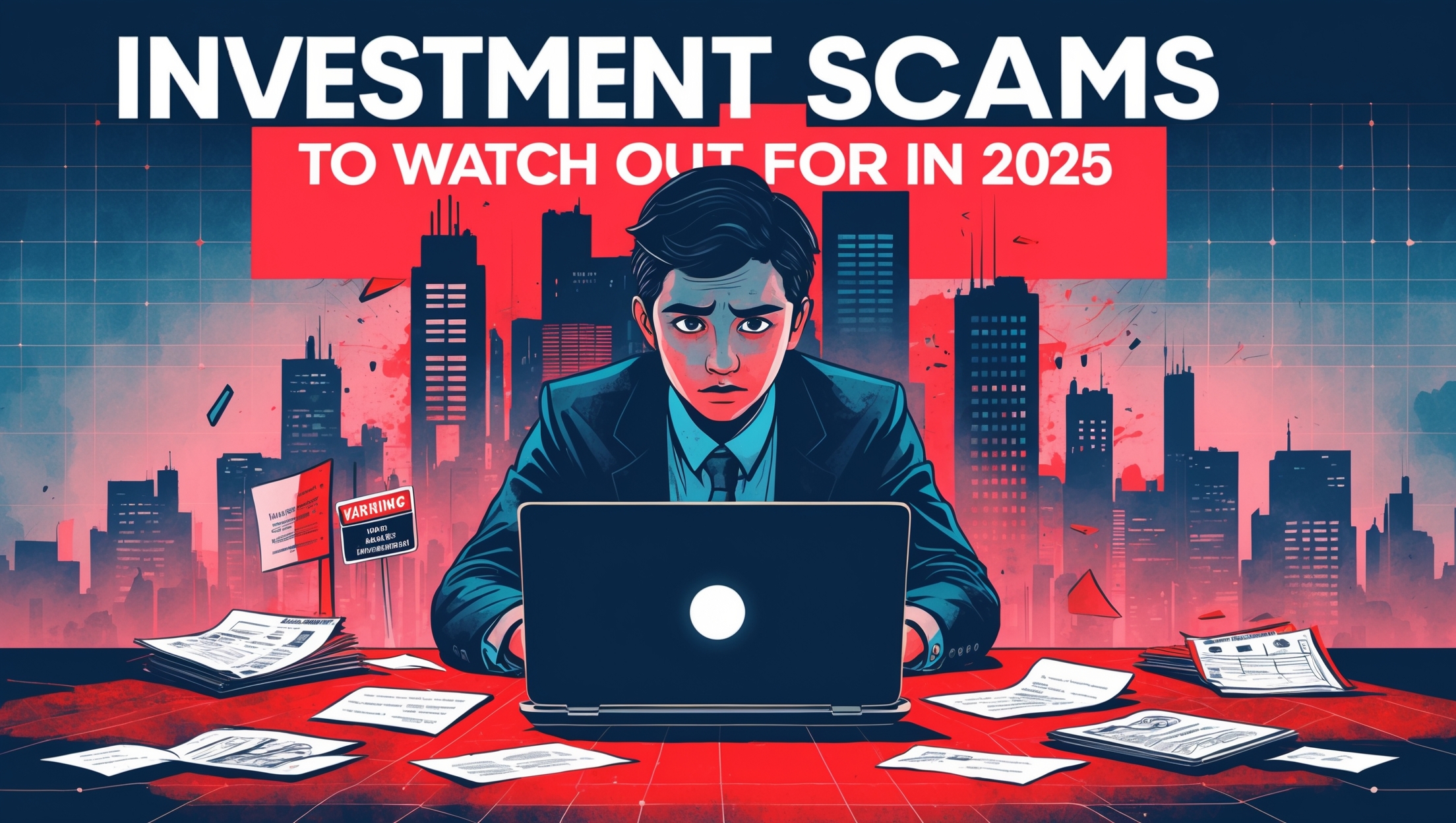When people hear about changes in currency exchange rates—like the U.S. dollar strengthening or the euro dropping—they often assume it only matters if you’re traveling abroad or trading in foreign markets. But the truth is, currency fluctuations can affect your life in many ways, even if you never leave your hometown.
Let’s explore how and why shifts in currency value can impact your daily life, shopping habits, job, and more.
What Are Currency Fluctuations?
Currency fluctuations happen when the value of one country’s money changes compared to another. For example, if one U.S. dollar used to be worth 0.9 euros and now it’s worth 1 euro, the dollar has “strengthened” against the euro.
These changes are usually caused by factors like:
-
Interest rates
-
Inflation
-
Political stability
-
Economic growth
-
Trade balances
-
Market speculation
Currency values change constantly, and while the shifts might seem small, they can ripple through the global economy in surprising ways.
1. Prices of Imported Goods Go Up or Down
Even if you never travel, you probably buy things that come from other countries—like electronics, clothes, cars, or food.
-
If your country’s currency weakens, it becomes more expensive to buy products from abroad. This means prices at the store could rise, especially for imported goods.
-
If your currency strengthens, it’s cheaper to buy foreign goods, which could lower prices for certain items.
So yes, a currency shift in Japan or Europe could affect the price of your next smartphone or even your favorite coffee brand.
2. Fuel and Gas Prices Can Change
Oil is priced globally in U.S. dollars. If the dollar becomes weaker, oil becomes more expensive in many countries. That increase can lead to higher prices at the gas pump, even if the oil isn’t coming directly from the U.S.
On the other hand, if the dollar strengthens, oil prices might drop, helping to lower energy and fuel costs for consumers.
3. Your Job Could Be Affected
Many businesses rely on global trade. If your company exports products to other countries, a weaker local currency can actually be a good thing—it makes your goods cheaper and more attractive to foreign buyers.
But if your company imports materials or products from abroad, a weak currency can raise costs, which might lead to:
-
Price hikes for customers
-
Budget cuts
-
Hiring freezes or even layoffs
So, even if you work at a local company, global currency shifts could impact your job stability or salary over time.
4. Stock Market Ups and Downs
Currency changes can influence the stock market. Companies that do business internationally may report higher or lower profits depending on how the currency moves.
-
A strong local currency might hurt profits from overseas sales.
-
A weak currency can boost those profits.
That means your investments, retirement funds, or savings accounts tied to stocks could gain or lose value—even if you don’t follow international finance news.
5. Travel Becomes More Expensive or Cheaper
Okay, this one is about travel—but it’s still worth mentioning. If you ever decide to take a vacation abroad, currency rates will determine how far your money goes.
-
A strong local currency means you can buy more with your money overseas.
-
A weak currency means your trip might cost more than expected.
So if you’re saving for a dream trip, it’s wise to keep an eye on exchange rates.
6. Online Shopping from Global Retailers
Many people now shop from global online platforms like Amazon, AliExpress, or eBay. If the exchange rate shifts, you might suddenly notice that those prices in foreign currencies look higher. Some sellers even adjust prices based on the strength of your country’s currency.
Also, shipping fees may rise if fuel costs go up due to currency effects.
Final Thoughts: Why It Matters
Currency fluctuations aren’t just for economists and travelers. They affect everyone—through the price of goods, job markets, investments, and even the cost of living.
In a globalized world, money moves quickly across borders. What happens in one part of the world can quietly change the cost of your groceries, your fuel, or your next big purchase. While you can’t control currency changes, being aware of them helps you make smarter financial decisions—from when to shop, to how you invest, or even where you plan to work.
So, the next time you hear that a currency has gained or lost value, remember: it may have a bigger impact on your everyday life than you think.














